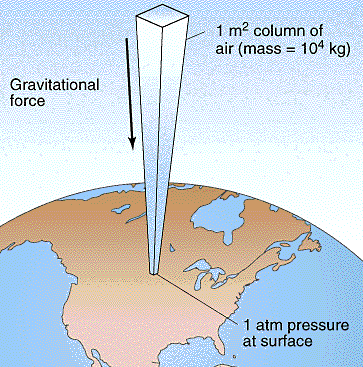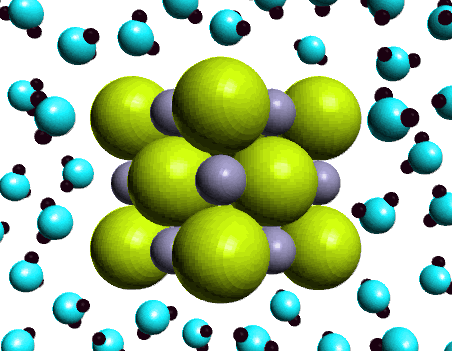
I will be putting you through the process of mixing vinegar and baking soda. This is a list of the process on how to experiment with the two substances.
- Pour the baking soda into a container, above any surface that will be easily cleaned.
- Then pour the vinegar that can be colored in order to highlight the reaction.
Fun Fact!
The reaction going on is a double replacement, and therefore creates sodium acetate and carbon dioxide as well as producing water. The carbon dioxide released will create pressure, and if the mixture is capped, it will explode! Which is very fun to watch!


















